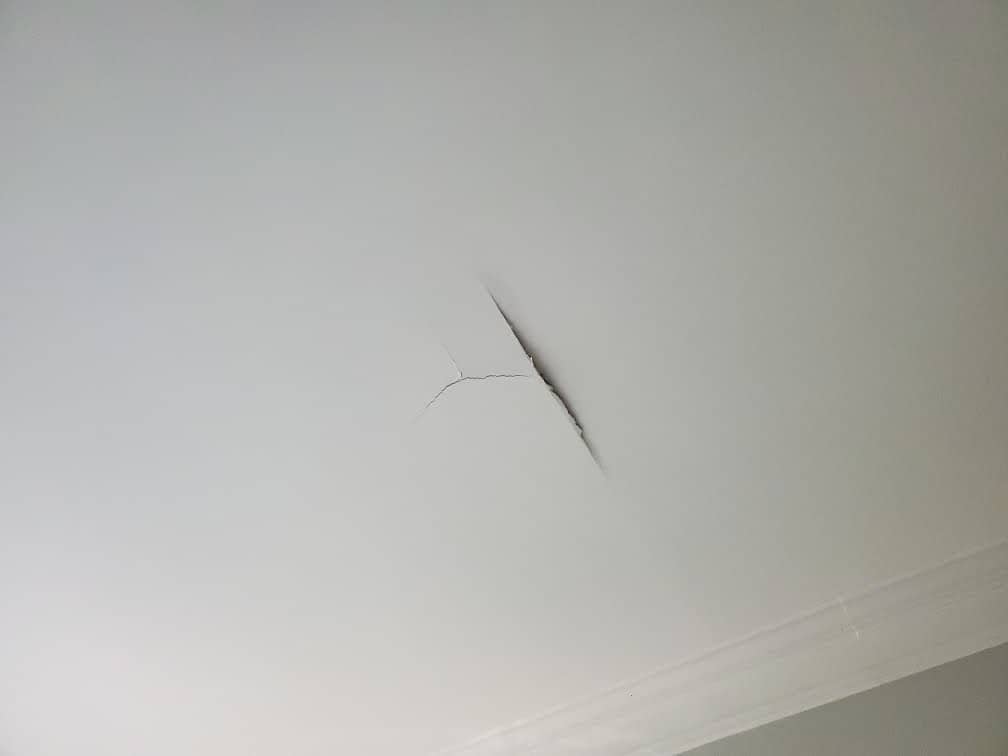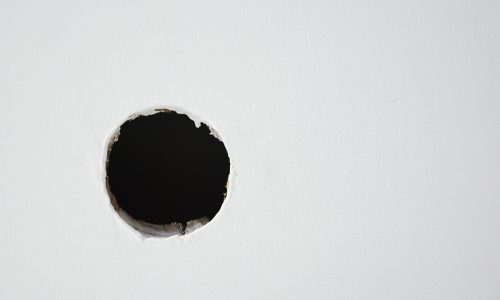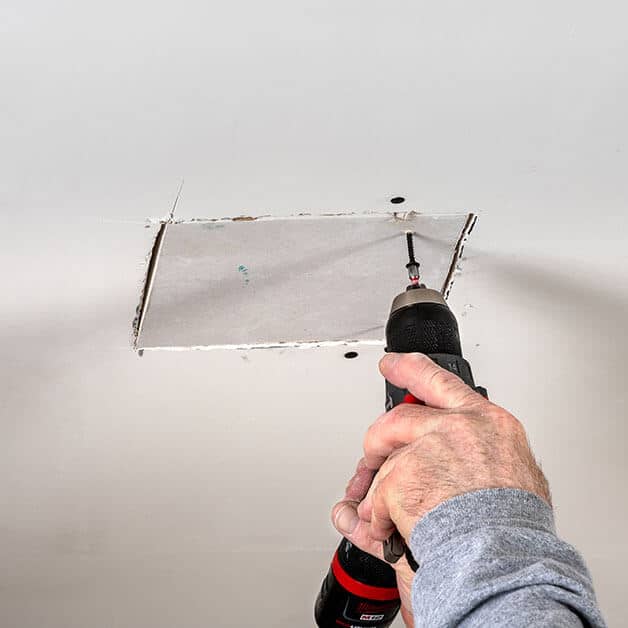Drywall contractors provide craftsmanship that elevates every Interior Painting project.
Step-by-Step Approaches to Achieving Flawless Drywall Repair Work and Setup
Attaining remarkable drywall repair and installation calls for a methodical approach. It includes recognizing the various sorts of drywall and the tools needed for the task. Correct area preparation is important before beginning any kind of job. Interior Painting. Each step, from patching holes to installing new sheets, demands attention to information. The procedure does not finish with installment; ending up strategies are essential for a sleek appearance. The following steps will ensure a smooth result, yet exactly what do they require?
Comprehending Drywall Kind and Equipment Needed

The installment devices are equally essential. An energy blade is vital for cutting drywall sheets, while a drywall saw can assist in making precise cuts for components or electrical outlets. T-squares guarantee accurate measurements, and drywall screws or nails protect the panels to wall surface studs. In addition, a drywall lift can facilitate the installation of large sheets, minimizing physical pressure. Familiarity with these tools and kinds substantially adds to the performance and quality of drywall projects.
Preparing the Location for Repair or Installation
Preparing the area for drywall repair service or installment is essential to assure a reliable and smooth procedure. Initially, the surrounding area ought to be removed of furnishings and various other challenges to provide ample working room. This not just ensures security yet additionally stops damage to personal belongings. Next, it is vital to cover the floor with drop towels to capture any type of debris or dirt generated throughout the work.
Additionally, the wall surfaces need to be checked for any type of loose paint or wallpaper that may hinder attachment. Getting rid of these aspects develops a tidy surface for the brand-new drywall. Prior to beginning, it is suggested to shut off power to electric outlets or fixtures in the vicinity. Making certain sufficient illumination in the work area will even more enhance visibility and emphasis throughout the repair service or installment procedure. drywall contractor. By diligently preparing the area, one prepares for an effective drywall project
Step-by-Step Process for Patching Holes

Patching holes in drywall needs an organized approach to assure a seamless repair work. The initial action entails evaluating the size of the hole. For small holes, a patching compound may be adequate, while larger holes necessitate a patch. Next off, the broken location needs to be cleaned and prepared by removing any loose particles.
For little openings, applying spackling compound with a putty knife is recommended, smoothing it over the hole and feathering the sides. As soon as completely dry, fining sand the location assures a smooth coating. For bigger openings, a drywall patch ought to be cut to dimension, placed over the hole, and secured with screws. After mounting the spot, the exact same spackling process is duplicated, adhered to by sanding.
The patched area must be topped and painted to match the bordering wall surface. This precise process assures an expert look and expands the life expectancy of the repair.
Mounting New Drywall Sheets: A Comprehensive Guide
Installing brand-new drywall sheets requires cautious planning and implementation to ensure a strong and visually appealing coating. The location should be gauged accurately to establish the number of sheets needed. It is essential to choose the best thickness, usually 1/2-inch for indoor wall surfaces and 5/8-inch for ceilings or fire-rated applications.
Next off, the studs or framework need to be evaluated for any abnormalities, making sure they are lined up and correctly spaced. When putting the drywall sheets, they need to be placed flat to minimize seams and improve architectural honesty. A drywall lift can be useful for overhanging installments.
Securing the sheets with drywall screws at proper periods makes specific a safe installment. It is very important to countersink the screws a little listed below the surface area to plan for the ending up procedure. Adhering to these standards will certainly cause a solid structure, all set for the following action in drywall ending up.
Completing Touches: Taping, Mudding, and Sanding Methods
When the drywall sheets are firmly attached, the emphasis Full Report shifts to the complements that will supply a polished appearance. This procedure starts with taping, utilizing either paper or fiberglass mesh tape to cover the joints in between sheets. The tape assures a smooth change, lowering the threat of fracturing. Following insulation, mudding is essential; a joint compound is applied over the tape to fill gaps and create a smooth surface area. Typically, numerous layers are essential, every one feathered out even more than the previous to minimize visibility.
After enough drying out time, sanding is the final action in attaining a remarkable surface. A fine-grit sandpaper is utilized to smooth the dried substance, assuring there are no blemishes or bumps. Interest to detail throughout this stage is significant, as it significantly impacts the total appearance of the wall surface. More Bonuses The end outcome should be an also, professional-looking surface area prepared for priming and paint.
Frequently Asked Concerns
How Do I Select the Right Drywall Density for My Project?
To select the right drywall density, consider the job's objective, location, and architectural requirements. Requirement densities include 1/2-inch for general usage and 5/8-inch for fire-rated applications, ensuring durability and compliance with structure codes.

Can I Mount Drywall Over Existing Drywall?
Yes, mounting drywall over existing drywall is possible. Nevertheless, it is crucial to assure the underlying surface is protected and cost-free from damage. Correct attachment and factor to consider of density are imperative for an effective setup.
What Are the very best Practices for Drywall Disposal?
The very best techniques for drywall disposal include recycling when possible, making use of local waste management solutions, and complying with standards for unsafe materials if appropriate. Interior Painting. Properly classifying and sealing waste assurances conformity and safety during disposal
The length of time Should I Wait for Mud to Dry Prior To Sanding?
Commonly, one need to wait 24-hour for drywall mud to completely dry prior to sanding. Nevertheless, drying time can vary based upon moisture and temperature level, so looking for a company texture is suggested prior to continuing.
Exist Eco-Friendly Drywall Options Available?
Yes, green drywall choices are offered. These alternatives usually use recycled materials, low-VOC adhesives, and lasting production approaches, minimizing environmental influence while offering effective insulation and durability for different construction and improvement jobs.
An energy knife is essential for cutting drywall sheets, while a drywall saw can aid in making accurate cuts for components or outlets. Preparing the location for drywall repair or installment is important to assure a reliable and smooth process. Covering holes in drywall needs an organized method to assure a seamless repair service. Installing brand-new drywall sheets requires cautious preparation and execution to guarantee a aesthetically appealing and tough surface. Yes, setting up drywall over existing about his drywall is feasible.